Cuba Now: Eleven Road-Tested Truths & Travel Tips
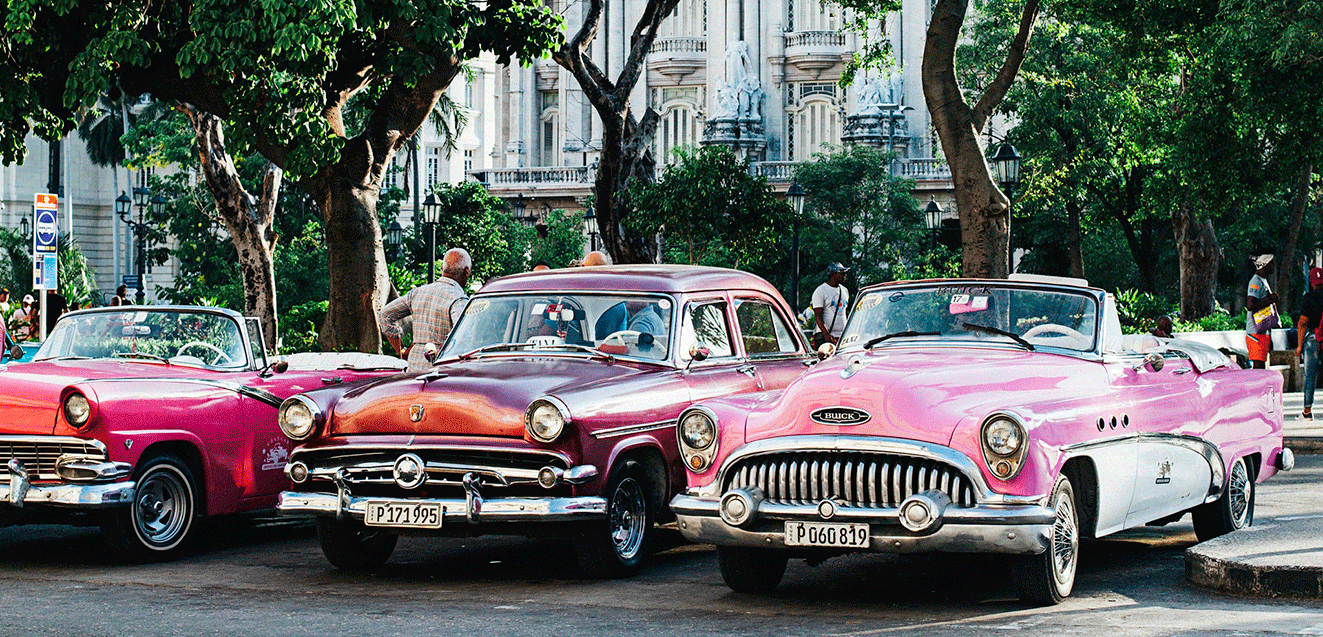
Cuba has long captivated the imagination of travelers, and in recent years, the island nation has seen a surge of visitors eager to experience its vibrant culture and timeless charm. To truly unravel the heart and soul of this multifaceted country, it is essential to travel to Cuba with a team possessing extensive experience and the right connections.
GeoEx has been at the forefront of curating authentic Cuban experiences since 2000, drawing upon over three decades of global exploration expertise. Embracing this spirit of adventure, here are 11 insights about travel to Cuba that we have gained from venturing into the depths of this remarkable destination.
1. While Havana remains a tourist hot spot, it’s possible to get away from crowds and tourist traps if you know where to go.
GeoEx taps into local connections to help travelers find little-known paladares (privately owned restaurants) and hidden nightlife gems where you can immerse yourself in the vibrant rhythms of Cuban life away from the tourist buses.
The farther you venture from the capital, the more of Cuba’s untouched charms are revealed. In picturesque towns off the mainstream trail, strike up conversation with curious locals and feel like a true explorer pioneering your own authentic journey through the heart of Cuba with GeoEx’s local connections.
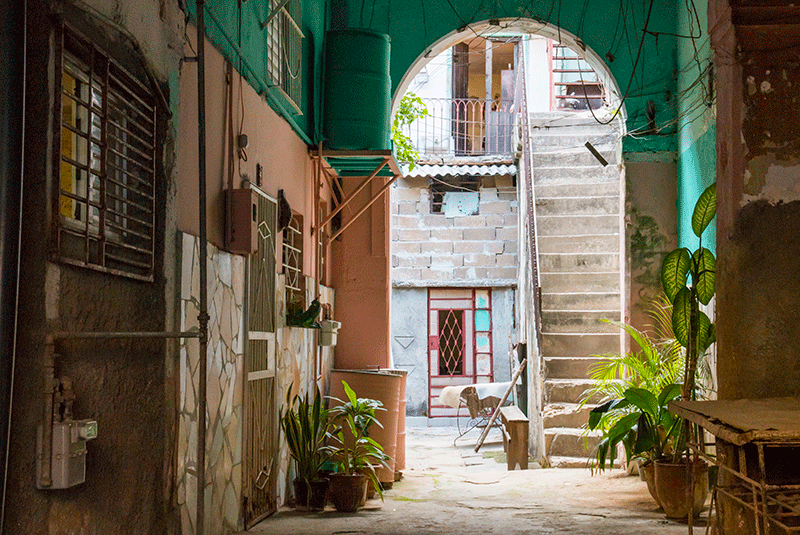
2. Change is indeed happening in Cuba, but at a gradual, distinctly Cuban pace that preserves the island’s soul.
For those venturing to Cuba, the experience promises an intriguing blend of frozen-in-time charm and contemporary resilience. The spirit of Cuba remains very much alive and can be felt in the time-warp of Havana’s streets, where classic American cars from the 1950s intermingle with relaxed locals and wafting music from open windows.
However, there are still challenges for the local people to overcome. Basic goods can be in short supply, and many establishments catering to tourists have yet to reopen. The journey requires patience, flexibility, and a willingness to embrace Cuba’s proud self-reliance.
The government still tightly controls what businesses can operate, so global chains won’t be found. Instead, intrepid travelers may find success hunting down reopened family-run paladares serving authentic Cuban cuisine. As the island’s tourism infrastructure continues inching towards recovery, visiting delivers an opportunity to experience Cuba’s spirit of perseverance firsthand.
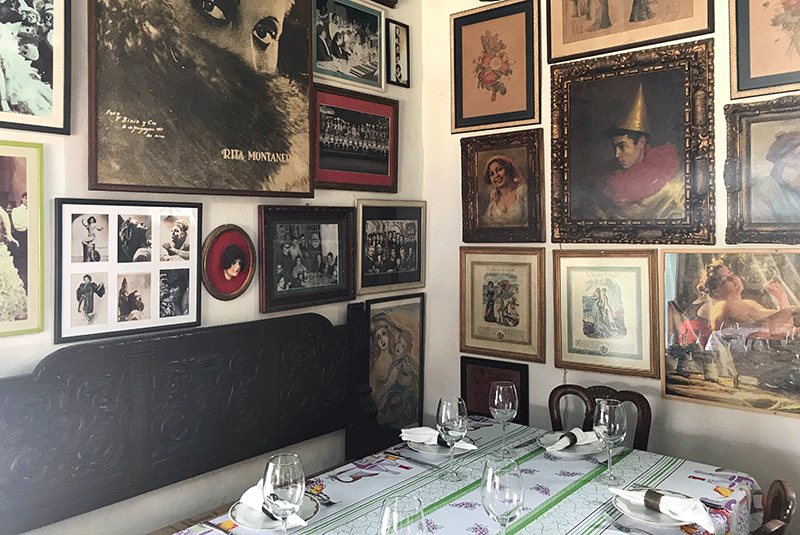
3. Cuba requires a fixer
While the idea of wandering through Havana’s historic streets or ogling Cuba’s classic cars holds romantic appeal, the reality for independent travelers can be far more complicated. Contrary to expectations, navigating Cuba on your own remains a challenge.
This is a country where daily life operates by a distinctly different rhythm than the rest of the world. Limited internet connectivity means getting things done often relies on personal connections, endless confirmation calls, and an intimacy with the uniquely “Cuban way” of making things happen. It requires a special finesse, buckets of patience, and ideally, local fixers to smooth the way.
Without this insider knowledge, independent tourists face the risk of derailed travel plans at every turn. From reserved rental cars or accommodations vanishing into thin air upon arrival, to finding their confirmed hotel shuttered with no explanation, horror stories abound. Flight cancellations with no airline staff in sight have left many scratching their heads at the airport.
While the adventurous thrill of travel to Cuba is undeniable, preparing for and embracing its complex realities is crucial. An open mind, candid local guidance, and an abundance of flexibility are essential for navigating the island’s beautifully disorganized choreography.
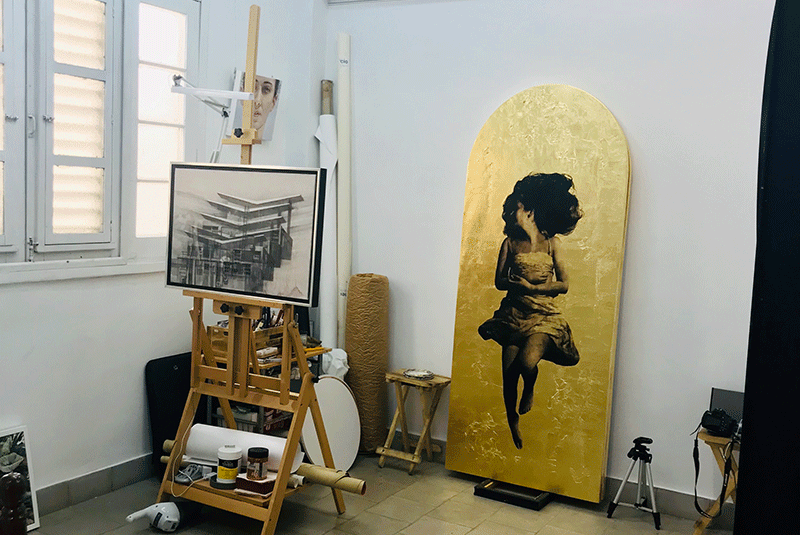
4. It’s impossible to tell what is on the inside of a building by looking at the outside
The crumbling dilapidated look on buildings in Cuba is often at odds with their interiors, as more private residences and businesses undergo renovations.
Advertising remains highly restricted, so unmarked buildings may house anything from a renowned dance company’s practice space to a celebrated artist’s private gallery. For the independent traveler, navigating this lack of obvious signage and discerning what’s behind those walls is incredibly difficult without insider local knowledge.
Well-connected guides can unlock these hidden dimensions of Cuban culture and life. They may usher you into nondescript buildings for private ballet or music rehearsals, or facilitate encounters with celebrated authors, journalists, economists and artists in their homes to gain unvarnished perspectives.
While some aspects may have evolved, overall Cuba remains an inscrutable maze of faded facades concealing its vibrant interior realities – making local expertise essential for accessing the true depth of its art, culture and discourse as an independent visitor.
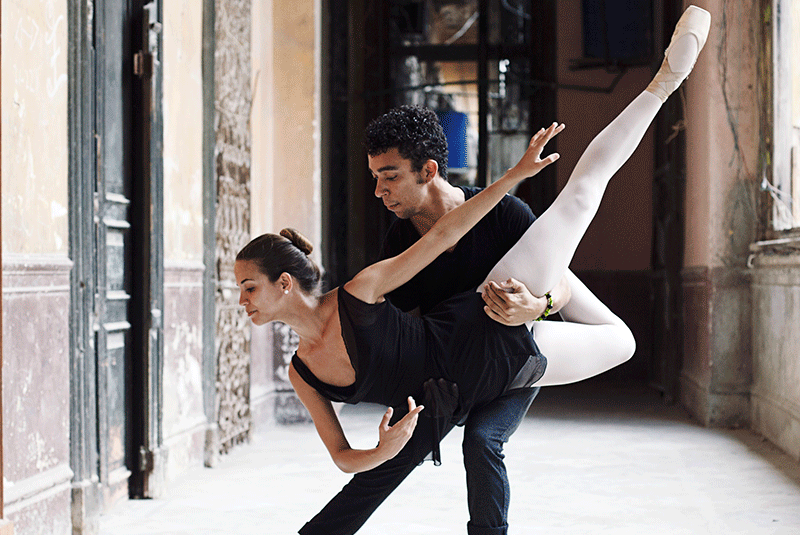
5. Making an effort to engage with the local language and culture can go a long way towards forming meaningful connections
While perfect fluency is not expected, attempting simple greetings like ‘¿Qué bola?’ or incorporating basic Spanish phrases shows respect and a willingness to participate rather than just observe.
Sharing moments of humor and levity is also a great way to break down barriers. Cuban people tend to appreciate when visitors approach interactions with openness, humility, and a spirit of finding the shared humanity in an exchange. Something as simple as laughing together can become an icebreaker.
However, it’s important for visitors to avoid anything that could come across as mocking or portraying cultural stereotypes. The goals should be mutual curiosity about one another’s traditions and an eagerness for cross-cultural exchange and understanding.
Ultimately, forming authentic connections in Cuba often hinges on checking one’s assumptions at the door. Meeting locals with an open mind, leaving space to learn, and engaging in genuine two-way conversations paves the way for transcending just tourist-resident transactions. Simple gestures that embrace human-to-human dialogue can make for special moments and memories to bring back.
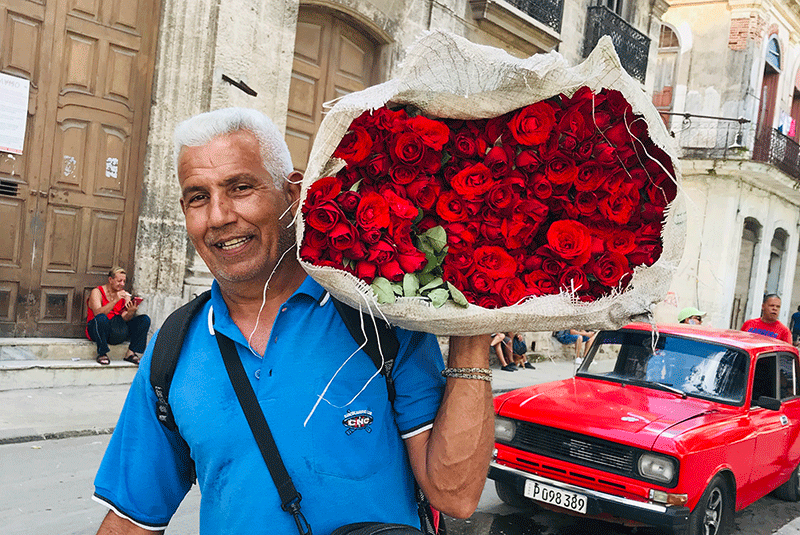
6. Not having access to the Internet is a great way to be in the moment and expand your mind
While wifi hotspots have slowly spread across Cuba in recent years, consistent and reliable internet access remains an exception rather than the norm outside of major cities. For many travelers, this disconnected state can initially prove frustrating as they struggle to remain tethered to their digital lives back home.
If you can, try embracing this disconnected state as it can prove surprisingly restorative. Without the buzz of devices and inboxes, there’s a sense of being more fully present as each experience unfolds. The world moves a bit slower, but the soul speeds up. This is travel to Cuba that is not just to see, but to engage all the senses and intuitions.
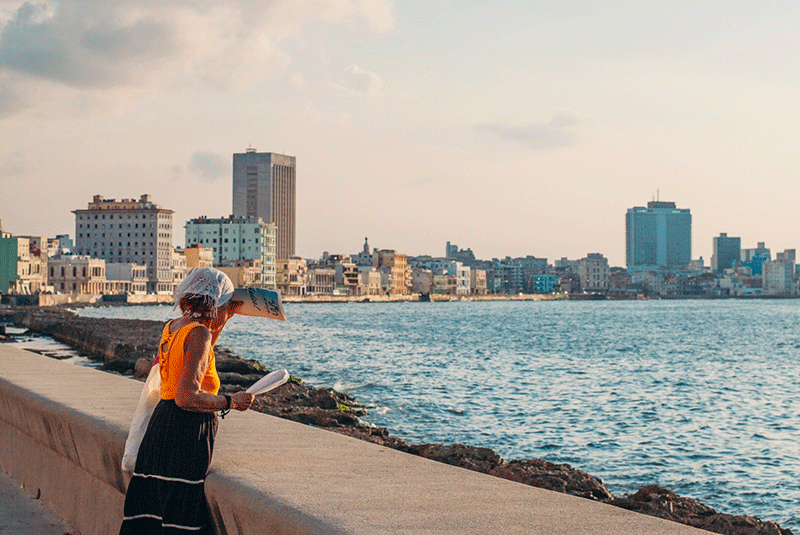
7. With limited supplies and economic constraints, Cuban people have mastered the art of repurposing and breathing new life into all manner of materials
In cities and rural areas alike, you’ll encounter ingenious examples of this make-do spirit. Enterprising residents may fashion clever household items from salvaged goods. Or resourceful vendors along the streets transform discarded objects into displays for their wares.
Perhaps no example better encapsulates this ethos than the famous bicycle taxis weaving through Cuba’s streets. Look closely and you’ll find drivers utilizing everything from umbrellas as makeshift shades to repurposed CDs serving as rear reflectors. It’s a rolling masterclass in extracting maximum utility.
It encourages rethinking our own patterns of consumption and wastefulness. More profoundly, it is a reminder of the boundless resourcefulness of the human spirit when unburdened with excess.
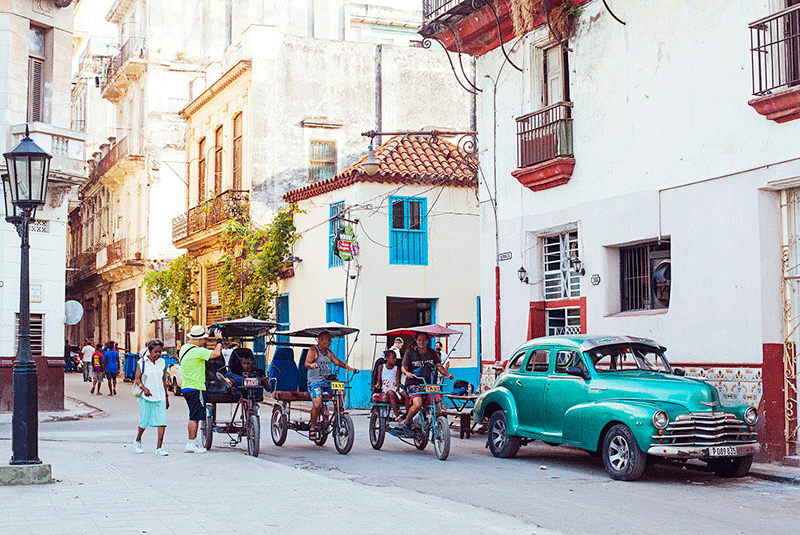
Bicycle taxis in Old Havana | Photo by: Ebony O’Reilly
8. Parrandas are the equivalent of Cuba’s Carnival
Across Cuba’s diverse towns and cities, visitors may be fortunate to experience the unique parrandas – the island’s spirited take on Carnival. Though rooted in shared traditions, each local parrandas puts its own distinctive stamp on the festivities.
In many places, the parrandas revolve around an extravagant competition between two determined “teams.” For months, residents work tirelessly crafting elaborate themed floats and costumes displaying incredible community creativity and collaboration.
One of the most famous parrandas happens annually in the small town of Remedios. Here, residents go door-to-door collecting lightbulbs to illuminate the brilliant moving sculptures that fill the streets with music, dance, and artistry.
Catching a parrandas reminds visitors that Cuba’s richest cultural legacies are its vibrant intangible traditions. The festivals showcase grassroots ingenuity as proud communal celebrations reinvent themselves year after year, no matter the circumstances.
Well-connected local guides can provide invaluable context and insider access to these lively events when you travel to Cuba. But simply witnessing the spectacle offers a window into the creative spirit at the heart of Cuban culture.

9. Cuba offers a uniquely immersive experience of pristine coastal ecosystems
This archipelago comprises the main island plus over 4,000 cays and islets, many boasting remarkably preserved marine environments.
Venturing beyond Havana reveals idyllic scenes – powder white sands lapped by turquoise waters concealing vibrant coral reefs teeming with vivid sea life.
To fully appreciate these ecological wonders, environmental guides, conservationists, and community leaders can provide insights into ongoing efforts to sustain Cuba’s natural heritage responsibly. Their passion is palpable whether exploring protected biosphere reserves or low-key beach bars etched into timeless landscapes.
For visitors able to combine stunning coastal vistas with a deeper understanding of Cuba’s determination to preserve them, the experience goes beyond a typical sun-and-sand getaway. It’s an opportunity to be immersed in the island’s living ecological story and emerge with a greater awareness of the natural marvels to be safeguarded.
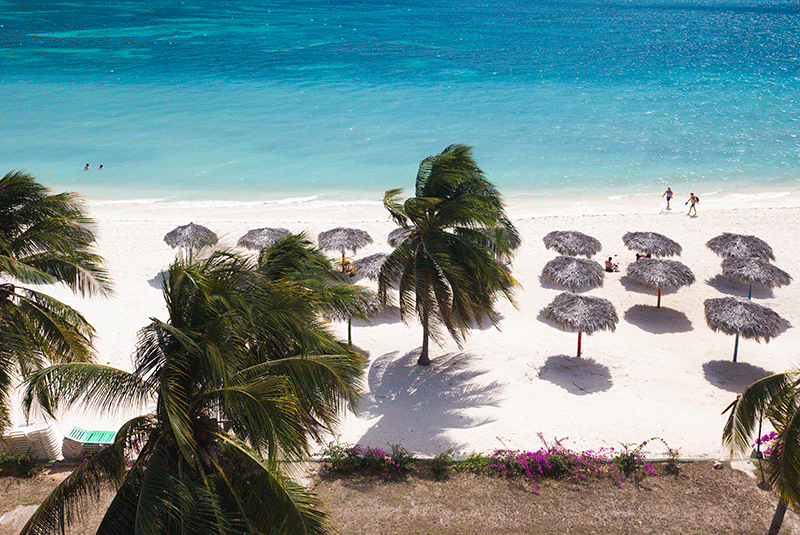
10. Even Cuba’s smallest towns have world-class musicians and dancers
As you explore these local communities, you’ll have the chance to witness private performances and talk with local artists and musicians. Be prepared to be amazed by the talent and passion on display, from traditional dances like mambo, rumba, and salsa, to elaborate handmade costumes and spirited fashion shows. These cultural treasures are woven into the fabric of everyday life, waiting to be discovered and appreciated by those who venture off the beaten path in Cuba.
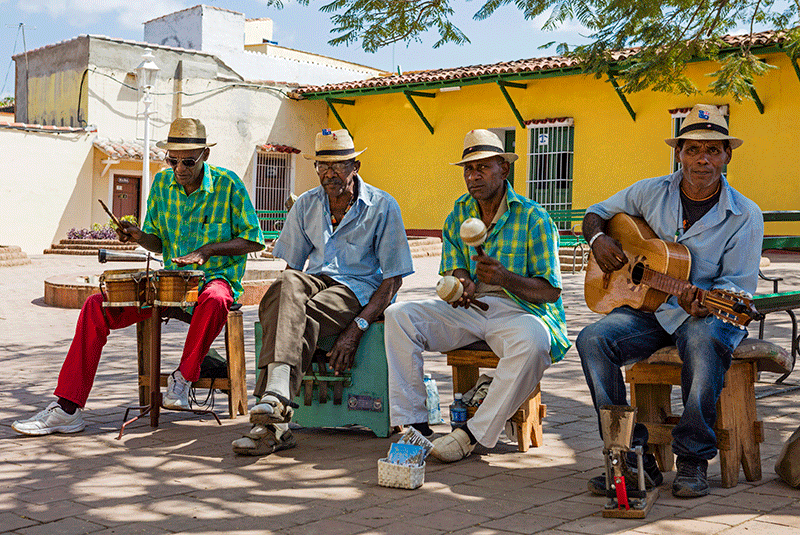
11. Some of the best moments in Cuba are the unscheduled ones
As you wander the streets during the tranquil hours of sunrise, you’ll witness the city awakening, with parents and grandparents escorting their children to school. And as the golden hues of sunset paint the sky, the entire city seems to converge along the iconic Malecón, Havana’s beloved waterfront promenade. Here, you’ll find locals gathering with family and friends, creating an informal yet lively atmosphere that has earned it the moniker “the longest bar in the world.” Embrace these unscripted moments, for they offer an authentic glimpse into the heart and soul of Cuba, where the simple pleasures of community and connection reign supreme.
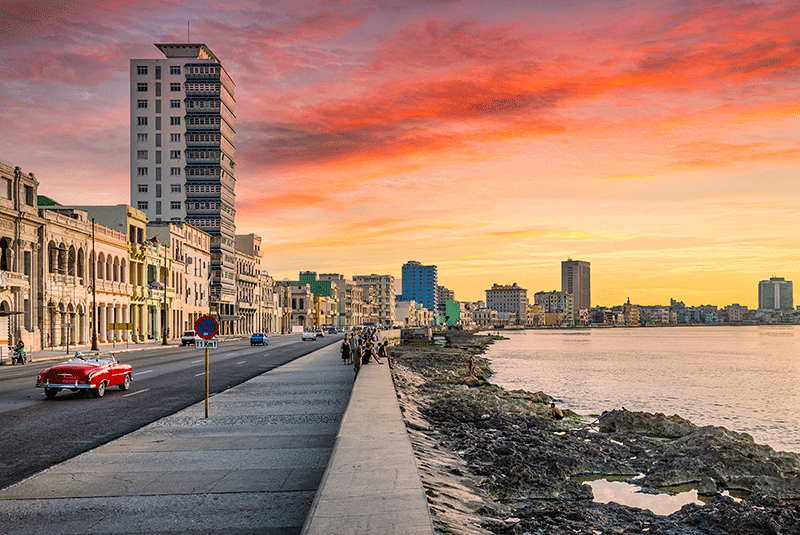
# # # # #
Learn more about GeoEx’s trips to Cuba or contact us at 888-570-7108. We look forward to sharing the soul of Cuba with you.

